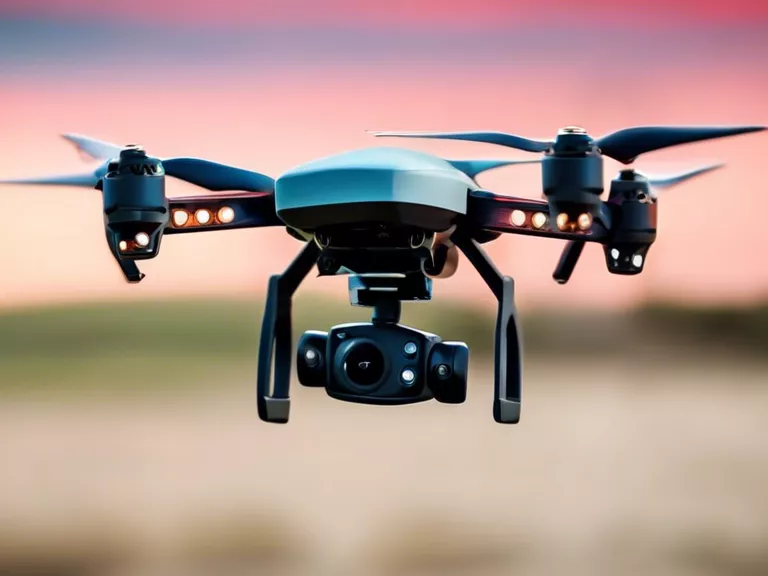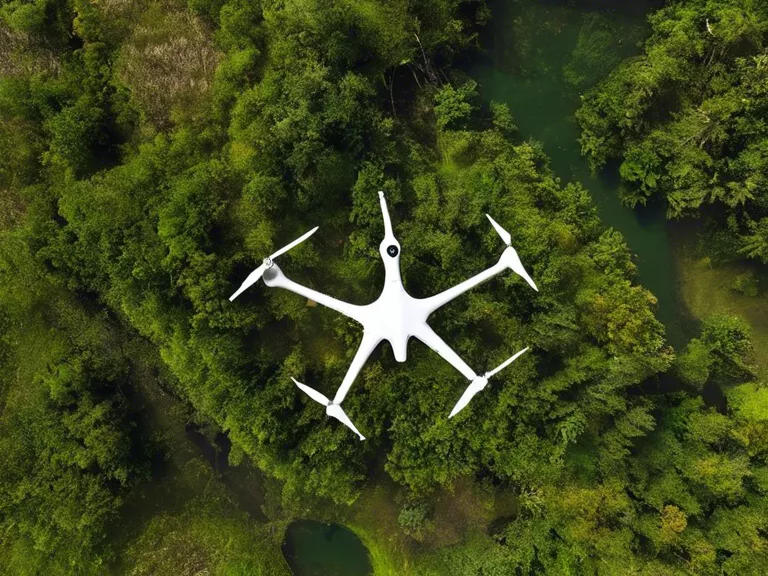
Drones have become an essential tool in the construction industry, revolutionizing the way aerial surveying and mapping are carried out. By using drones, construction companies can quickly and accurately gather data that is crucial for planning, monitoring, and executing their projects. In this article, we will discuss how drones can be effectively utilized for aerial surveying and mapping in construction projects.
One of the key advantages of using drones for aerial surveying and mapping is their ability to capture high-resolution images and videos from different perspectives. This allows construction professionals to have a comprehensive view of the project site, enabling them to make informed decisions regarding design, progress tracking, and resource allocation. Drones equipped with advanced cameras and sensors can provide detailed topographical data, identify potential risks, and monitor construction activities in real-time.
To use drones for aerial surveying and mapping in construction projects, it is essential to first plan the mission accordingly. This includes defining the area to be surveyed, identifying the specific data that needs to be collected, and establishing flight paths to optimize data acquisition. By carefully planning the mission, construction companies can maximize the efficiency and effectiveness of their drone operations.
During the flight, the drone will capture images or videos of the project site, which can then be processed using specialized software to generate accurate maps, 3D models, and other visualizations. These outputs provide valuable insights into the project's progress, allowing project managers to identify any potential issues early on and make necessary adjustments to keep the project on track.
In conclusion, drones offer construction companies a powerful tool for aerial surveying and mapping that can significantly enhance their project management capabilities. By leveraging the latest drone technology and software, construction professionals can streamline their processes, improve decision-making, and ultimately deliver successful construction projects.



